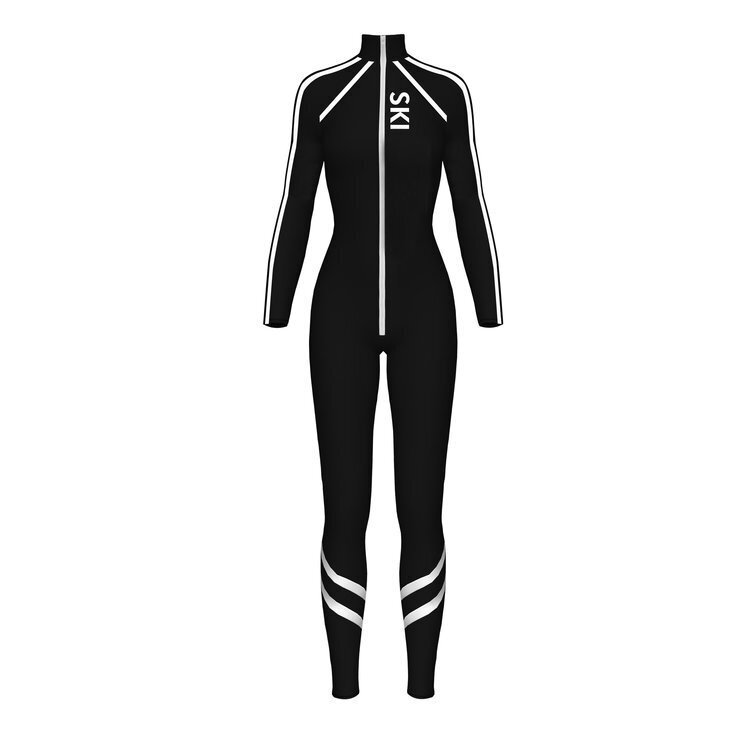Free Suggestions To Selecting Merino Wool Base Layers For Hiking
Wiki Article
How Do Merino Sheep Compare To Other Types Of Sheep
Merino sheep are distinguished from the other breeds of sheep in number of ways. Fine woolis one of them. Merino lambs are famous for their fine wool. It is softer and finer that other sheep breeds. Merino Wool is sought-after due to its versatility, warmth and ease of use.
Adaptability Merino sheep possess a high level of adaptability to various climates. They are able to thrive in both hot and cold climates and can tolerate a wide variety of temperatures.
Resilience- Merino sheep are famous for their strength and hardiness. They are able to withstand extreme conditions in the weather, and are immune to many common diseases of sheep.
Fertility - Merino sheep can produce multiple offspring within a single year. They have a high fertility level.
Merino sheep's grazing habits are unique. They have an unique way of grazing which is beneficial to their health. They are careful and selective when they graze, which helps them avoid excessively grazing or eating toxic plants.
BreedingThe breeding process Merino sheep are selectively bred in order to produce the highest quality wool. This has resulted in many different Merino sheep breeds, each with its own distinctive characteristics and qualities.
Overall, Merino sheep are highly prized for their fine wool, adaptability, resilience and other distinctive qualities. They are an important resource in the wool industry and are highly respected by farmers and breeders across the globe.
What Is The Basis Layer Of Merino-Wool Merino Are Different For Lightweight, Mediumweight, And Heavyweight?
The fabric's thickness, warmth and weight are what distinguishes lightweight, middleweight and heavyweight Merinowoo layers. Below is a breakdown of differentiators between these three types of base layers. Lightweight Merino wool base layers are usually made from a thin and breathable fabric that is suitable for mild to cool conditions. This base layer is ideal for intense activities, in which there is a chance of sweating and require a fabric that can wick moisture away and keep you cool. They can also be used as a cover for other layers in more frigid climates.
Midweight Merino base layers are made with a thicker fabric than light-weight base layers. They offer greater warmth and insulation. The base layer can be utilized in cold or warm weather conditions. It's an excellent choice for moderate-intensity sports and for those who don't sweat a lot.
Heavyweight Merino wool bases layers are constructed from the highest quality and warmest material. They are ideal for extremely cold temperatures. This kind of base layer is perfect for low-intensity activities where you don't expect to sweat, such as snowshoeing or skiing.
Take into consideration the weather conditions you're likely to experience and the type of activity. A lightweight base layer suits high-intensity activities and cool weather. However, a midweight layer is appropriate for colder weather and moderate - to heavy-intensity sports. For very cold conditions and low-intensity activities, a heavyweight base layer is the ideal choice. Remember that you are able to layer in a different direction based on the weather conditions, therefore it's best to pick the base layer that's slightly light rather than heavy. It is also important to think about how the base layer fits and whether it will allow the user to move about freely. Go best base layers shop near me for site advice.

What Is The Ideal Combination Of Ski Clothing With Merino Wool Or Himalayan Yak?
Your personal preference and the weather conditions will determine the ideal combination of Merino and Himalayan wool mid-layers. Here are some choices to take into consideration Merino wool as the base layer and Himalayan Jak wool as a midlayer. This combination is great for cold weather when warmth is top priority. The Merino wool layer is excellent at managing moisture and temperature. The Himalayan yakwoo mid-layer can provide warmth and insulation.
Merino Wool mid-layer as well as Himalayan Jak wool middle layer. This combination is perfect for weather changes. The Merino wool mid-layer will provide warmth and moisture management, and the Himalayan yak wool mid-layer will give you an extra layer of insulation when needed.
Merino wool base layer as well as Merino mid-layer. Himalayan yakwoo mid-layer. This combination is great for extreme cold conditions or those more sensitive to cold. The Merino base layer provides the ability to regulate temperature and moisture. In addition, the Merino mid-layer offers warmth and moisture management The Merino layer will keep your body warm. The Himalayan Yakwool mid-layer provides more insulation and warmth.
It is important to remember that layering is a personal preference and the ideal combination of layers will differ from person to person , based on factors like your body type, the level of activity and the weather conditions. Layers that allow full movement and fit well are important to provide comfort and flexibility when skiing. Go go to koraoutdoor.com for thermal ski clothes for more examples.

Why Should You Choose Merino Or Himalayan Yak Wool Over Other Materials For Your Ski Gear?
Merino wool and Himalayan yak wool are excellent choices for ski clothing for several reasons Warmth- Both Merino wool and Himalayan Yak wool are extremely efficient insulators, meaning they will keep you warm in cold weather conditions. They are light and comfortable but provide great insulation.
Moisture management- Merino Wool and Himalayan Yak Wool are both extremely effective in managing moisture. This helps them keep you dry and comfortable when you're skiing. Both fabrics are naturally moisturizing. This means that they absorb moisture from the skin, and then transfer it to outer layers of the fabric, from in which it is able to evaporate.
Breathability Merino wool (and Himalayan Yok wool) are both extremely breathable. The fabric lets air to circulate and helps to regulate body temperature and prevents the accumulation of heat. This is crucial for ski apparel, as it helps one stay comfortably while ski-ing.
Comfort- Merino Wool and Himalayan Yok Wool are naturally soft and supple, which makes them great for use close to the skin. They can also move in tandem with your body and allow you to enjoy a full range in motion.
SustainabilityThe sustainability of Merino Wool and Himalayan Yok Wool are both naturally and sustainable fibers that can be recycled and biodegraded. They're therefore more sustainable than synthetic fibers like polyester and nylon.
Merino wool, Himalayan yak wool, and many other wools have numerous benefits that make them ideal for clothing that skiers wear. They are warm, moisture-wicking, breathable, durable, and comfortable, making them an ideal option for those who want to feel comfortable and safe when skiing.
